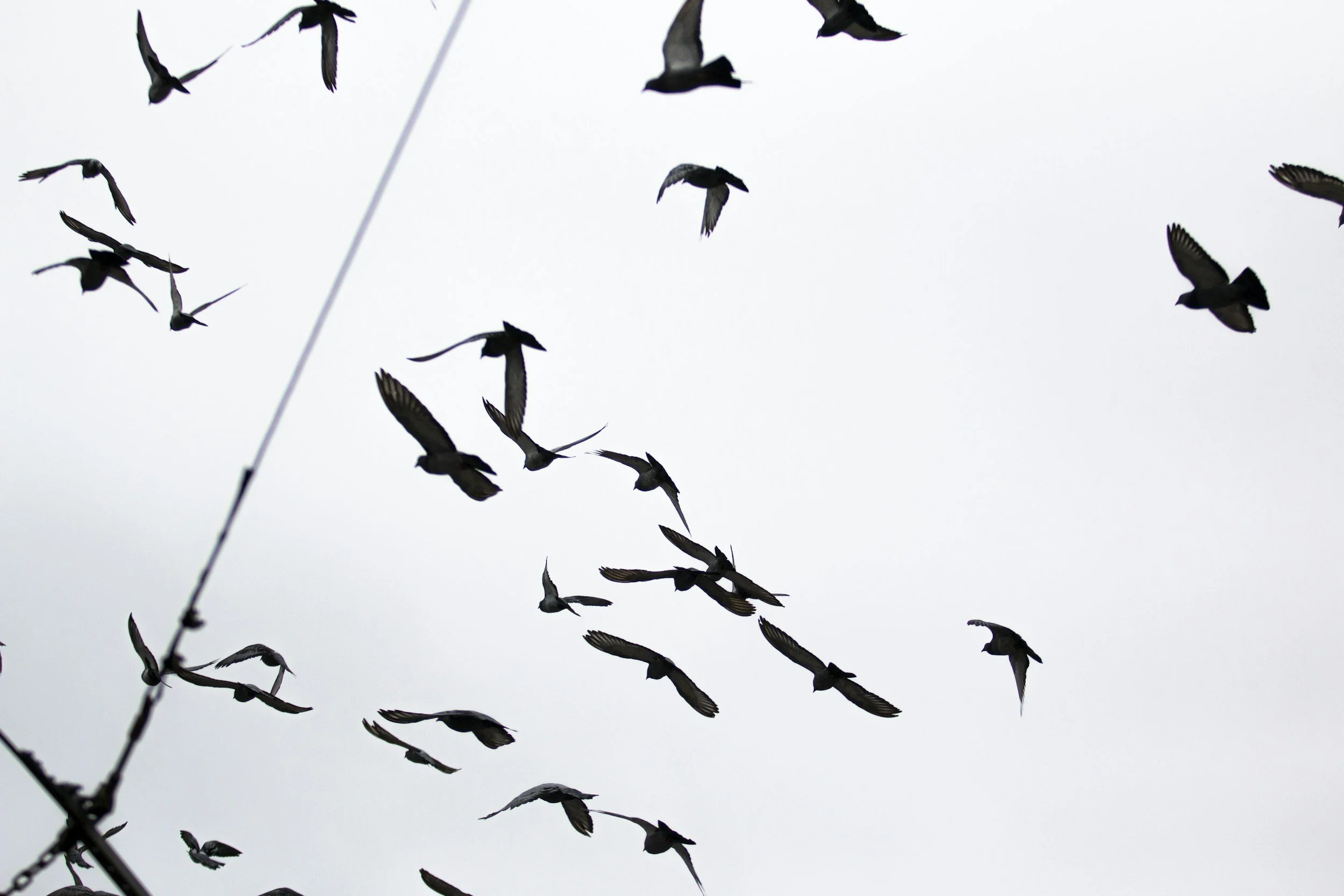Are you in fight or flight? This is where it started.
Our body’s alarm system has not changed much over time, but our society has.
Imagine you are back in time, living in a way that is more integrated with the natural environment.
You are sitting in the wilderness, sharing a meal with your tribe, family and friends.
You are shaded by a large tree and surrounded by long grass.
As you look into the distance, you see a shift in the movement of the grass.
Instantly, before your brain can catch up, your body experiences a surge of chemicals.
Your eyes widen, your heart races, your breathing increases. You feel a surge of energy moving towards your limbs. Your body is ready to run.
Your clan, attuned to you and your nervous system, sensing your alertness, have frozen and are waiting for your response. Some hold children under their arms. Others have automatically reached to their waist or the ground, hand on their weapons. They are ready to fight.
You listen out for sounds that might indicate something is afoot. A shift in the bird’s sounds. A rustle in the grass. You smell the air.
All this time, you are ready to run, fight or hide. To fight, flight or freeze.
A gust of wind picks up and the grass moves again. The scout calls ‘all clear’.
You sigh a deep breath out. Your muscles relax and your belly becomes soft. Your appetite returns and you sense you are ravenous.
Now, you can eat and sleep in peace, knowing you are safe.
This is the body under threat.
It is a normal and natural response oriented towards survival.
This part of our nervous system – our autonomic nervous system (ANS) – is not under our conscious control. Its job is to respond to the sense of a threat by priming our body to run, fight or freeze. It will then stay ‘on guard’ until a sense of safety is established.
It then codes anything related to this potential threat as a warning signal. And your mind will review the event over and over until it is confident that there is a solution to prevent that happening again, or a different way of dealing with the threat.
When you see patterns in the environment that indicate a relationship to a stressor or threat, your ANS responds with a familiar pattern. Run, get out. Fight for your survival. Or stay put and wait for the threat to pass.
What fires up the automatic nervous system?
Anything that has the potential to threaten our sense of safety and security.
Often, it’s for good reason. We’ve had experiences that were ‘too much, too fast’ (such as traumatic events) or ‘not enough for too long’ (such as neglect of your core needs – emotionally, psychologically, physically).
Sometimes, the coding of the alarm system means that the reaction is in response to something that is not actually a threat, but has similarities to the original threat.
Just like a movement in the grass can indicate a feline predator and trigger this warning system (often without our conscious knowledge), things as small as colours, sounds or textures that were particularly apparent during a traumatic event can tell our bodies we are under threat – even if we’re not.
Even our own internal experiences – sensations in our bodies or certain emotions – are linked with difficult events and can be seen as a threat. If, anytime we cried, we were ridiculed by a caregiver, this is coded as a 'threat' to both survival (because kids need adults to survive) and connection/safety. As a result, we might avoid feeling in any way, at all costs, just because our bodies know that feelings can promote a sense of unease/threat.
How does this protective response impact us in a modern world?
This alarm system has not changed much over human history, but our society certainly has.
There are now potential sources of threat everywhere – traffic, war, politics, pollution, cost of living, isolation, increasing life pressures, unreasonable work expectations, the list goes on.
And all of it – from all around the world, from throughout our global community – is bombarding us constantly via social media and the news.
We’re now not just looking to our immediate friends/family for signs of safety and danger, we’re looking to a global ‘tribe’.
It’s no wonder that for many of us, our automatic nervous system is stuck on the “on” switch.
And this stops us from performing an essential function – resting and rejuvenating so our bodies can heal and find balance.
We now have an epidemic of people who describe themselves as unable to relax. Unable to ‘switch off.’ Whose brains go a ‘million miles an hour’.
Their brains are metaphorically scanning the grass and figuring out a way out. Constantly.
So what can we do to manage this?
You might have been told:
“Just calm down”
“Meditate”
“Let go of your thoughts”
“Don’t add fuel to the fire”
But these are not helpful statements here.
What is required is a way to rewire your body’s understanding of what is a threat and what is safety.
We need to understand why we respond in certain ways to different situations, work through that sense of threat, and move towards a sense of safety.
When we can experience stress, deal with the threat appropriately and understand our body’s reactions as normal, we develop the capacity to enter into a state of calm. Rest. Curiosity. Connection.
Take hangry for example. (Hangry = so hungry I’m angry).
Hunger indicates a need for sustenance, which allows the body and mind to function.
Not having food can be felt as a threat, because food is required for survival.
In response, some people find they get angry, snappy and irritable, particularly to anyone getting in the way of their meal.
They are literally ‘fighting’ to eat.
And when they get food, their life is no longer under a perceived threat.
They might say: “I’m sorry for how I acted, I was ‘hangry’.
Which, when viewed from the lens of autonomic threat response can also sound like:
“I was in a fight response, my fight response mobilised me towards eating, and I have now neutralised my sense of internal threat and am in a calmer state of being”
When we consider our responses to the world around us, it’s clear that understanding our automatic nervous system is key to connecting and relating.
The first step is to become friends with the autonomic nervous system.
To really get to know it and understand what information it is giving you.
What do you get flighty about?
What do you get fighty about?
When do you reach out to appease someone or something?
When do you shut down and just wait for the situation to pass or get better, hoping no-one notices?
Usually, when we start to do this, we find patterns.
Then, once we start noticing these patterns, we can name and normalise our experiences as responses to threats (whether they are perceived or actual).
We can start seeing how our way of being in the world has been shaped by our experience.
So how can we move from fight, flight or freeze mode into a state of presence and connection? Into the here and now?
There are three skills I often recommend.*
Orientation
Dogs immediately smell a new space to orient themselves, they don't settle until they have 'checked out' a room. Humans use our sight to do the same. Next time you are feeling overwhelmed or shut down, check in with your space:
Look around
Notice everything you can see
Check the exits
Check with with your other senses: What can you smell, hear, touch?
Notice what happens.
Ask yourself the 'right here right now?' questions
Is your body sensing anything that tells you right here, right now, you are under threat?
If yes - deal with the threat!
If no - allow yourself to register, that right here, right now there is no threat (there might be a possibility of it, but right here, right now there is not).
If your mind goes to the future, explore if you can check in with the current moment. Right here right now, is there any information you can gather, from your senses, that a threat is about to happen? If not, allow yourself to register that.
Notice what happens.
Notice and name the shifts
What is it that you notice as you do these exercises (hint: there is no ‘wrong’ response - it is all information about how you respond!)
Is there more or less tension?
Is there a change in your breathing?
Is there a change in your connection with the ground?
Or a shift in how you experience the space?
Be really attuned to how you notice your body if you start to shift into a sense of more presence and connection when you notice that there is no current threat and get really familiar with that.
*Lots of complexities can show up in these exercises, if you are having difficulty – reach out, it's helpful to be coached through these.
When we learn how to orient ourselves towards safety, to be able to tend to a threat and establish more connection with what is actually happening in the here and now, we have more choice.
We can choose if we want to fight that fight.
We can choose the level of intensity that is required.
We can choose to stay put even though a momentary sense of dread tells us to run.
We can trust that a body signal might be clueing us into a threat we did not consciously know existed. We can take that extra time to look around and assess the environment.
This choice gives us freedom. It gives us power. It allows us to live a life aligning with our values.
When we pay attention, and get to know ourselves intimately, we can also become more attuned to what feels lovely, pleasurable and alive.
When we know we have survived, we can thrive.
That’s why, when we work together one-on-one, understanding your automatic nervous system (and how to work with it) is a core skill I teach. Where you become the expert in your own nervous system patterns and responses. You learn skills to orient towards a sense of safety and connection. And to practically deal with any underlying threats.
So you get to choose how you respond.
And when you do respond automatically (which we all do) you can discover ways to treat yourself with compassion and understanding, because it all makes more sense.



